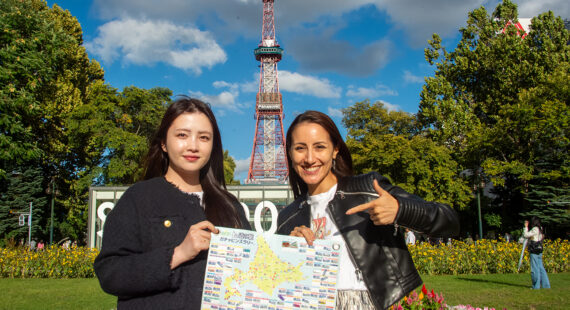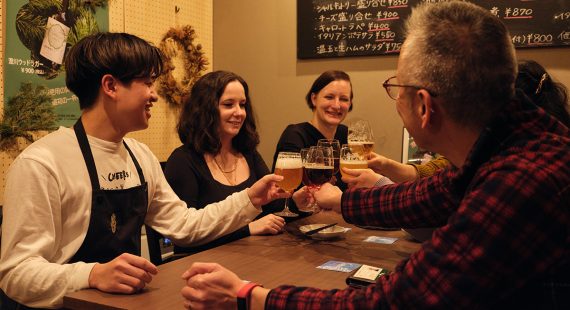As you all know, Hokkaido’s cuisine attracts many gourmets like you from both inside and outside Japan. Among these, agricultural and livestock products, dairy products, seafood, and alcoholic beverages are highly regarded for their freshness and high quality. And the history, culture, and traditions associated with them still remain in Hokkaido today.
In particular, the meat culture of Hokkaido, an aspect of its culinary traditions introduced here, has developed alongside the unique lifestyle and livestock industry characteristic of this cold region. By savouring diverse cuts, regional seasonings, and cooking methods, one can experience the history, industry, and culture of this land through taste. Here, let’s take a closer look at the various types of meat that can be enjoyed in Hokkaido.
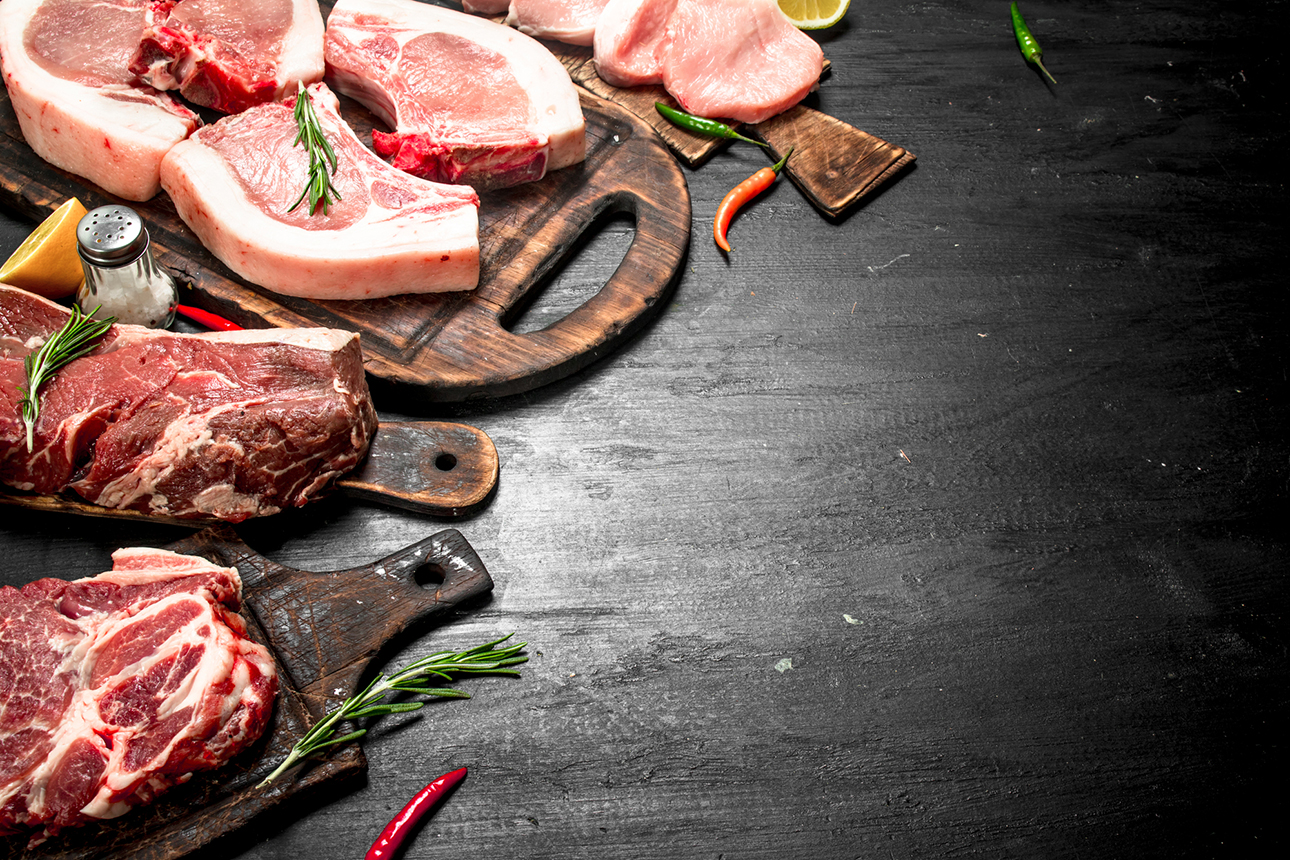
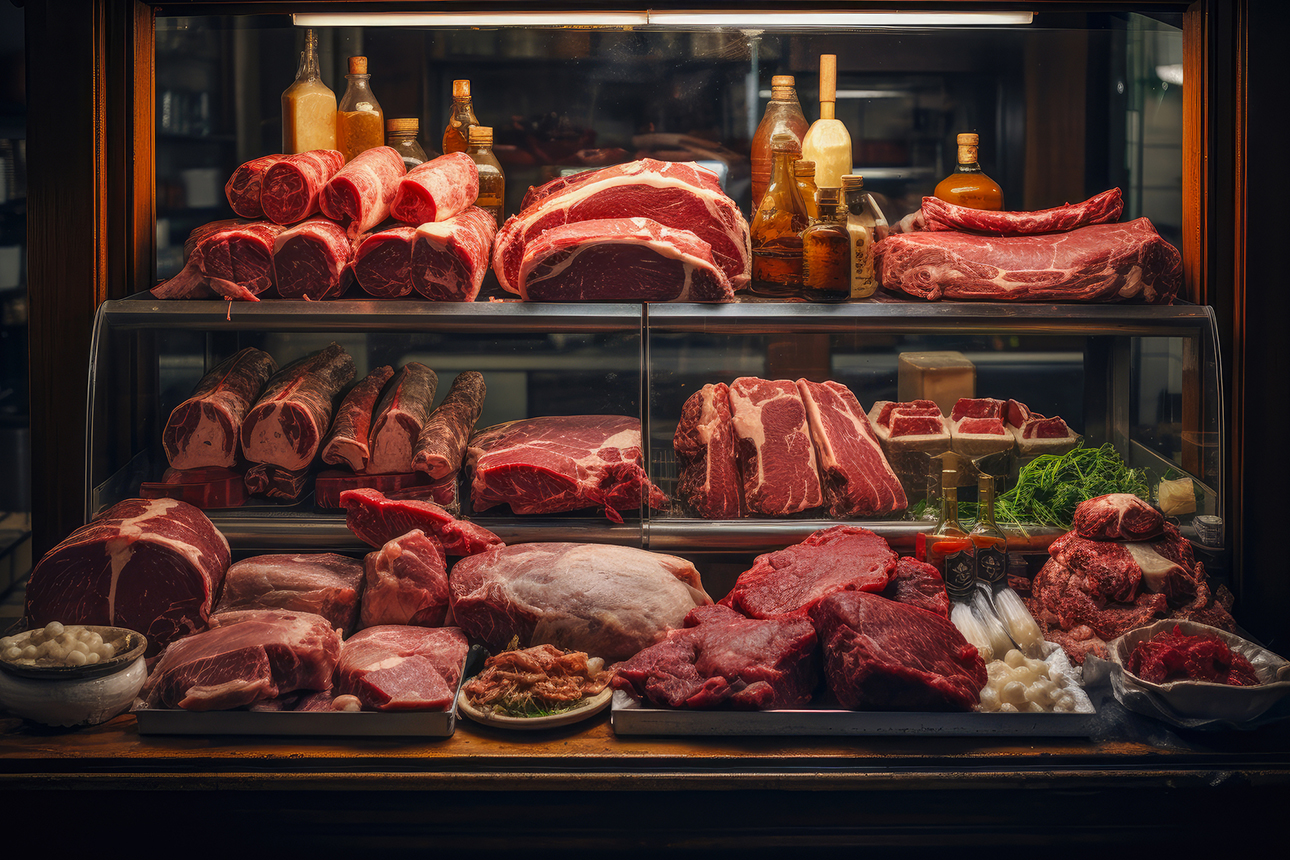
Lamb, Mutton & the Grill—Hokkaido Does It All!
The yakiniku culture in Hokkaido is remarkably diverse. “Yakiniku” literally means grilled meat or Japanese-style BBQ, and in Hokkaido, the term encompasses not only the widely recognised lamb or mutton barbecue known as Genghis Khan, but also beef, pork, chicken, and even game, etc.

When it comes to yakiniku in Hokkaido, the first thing that comes to mind is Genghis Khan, which is a kind of Mongolian lamb or mutton barbecue. Genghis Khan was the founder of the Mongol Empire, but it is unclear why the name of this legendary hero became widely used for a dish in Hokkaido. The origins of Genghis Khan the dish are thought to lie in the cuisine of the Mongol people in Mongolia, where Genghis Khan the man was born. While sheep farming is widespread in Mongolia and mutton dishes are plentiful, there is no dish specifically called “Genghis Khan” there. There is also an anecdote that Genghis Khan roasted mutton on the battlefield, but the dish known as Genghis Khan does not appear to be directly related to the man himself.
Looking back at Japan’s history, during the First World War, imports of wool—a vital material for military uniforms—were cut off. Consequently, the government aimed for self-sufficiency in wool production, establishing sheep farms in Takikawa, located in northwestern Hokkaido, and the Tsukisamu district in Sapporo. At that time, research into utilising not only wool but also mutton began. After much trial and error, modern-day Genghis Khan was born. As more farmers began raising sheep for wool, older sheep began to be used for food, and a method was devised to eliminate the distinctive odour of such meat by marinating it in a sauce made from soy sauce, grated onion, apple, ginger, and other ingredients. The “flavoured type”, which involves grilling meat that has been marinated in sauce beforehand, is mainly eaten in northern Hokkaido, in places such as the Takikawa area.
Meanwhile, the other type is popular among those who want to enjoy the natural flavour of the meat. By dipping the meat in the sauce after grilling, you can enjoy the natural flavour of the lamb or mutton. It is often eaten in the central and southern areas of Hokkaido, such as Sapporo, and can be enjoyed not only with sauce but also simply with salt and pepper.
The importation of lamb and mutton was liberalised in 1959, and currently 99% of Japan’s total consumption is imported from countries such as Australia, the world’s largest producer, and New Zealand, with Japan’s self-sufficiency rate standing at only 1%. However, Hokkaido accounts for more than 70% of the national lamb and mutton production and ranks first among prefectures in Japan.
Imported lamb and mutton from Australia and New Zealand is also relatively inexpensive and delicious, but we highly recommend trying the lamb and mutton produced in Hokkaido. We do hope you’ll try Hokkaido lamb and mutton and discover its deliciousness for yourself. The tenderness of the lean cuts, the unique flavour of the lamb fat – it’s a taste you won’t find just anywhere! Incidentally, the name for sheep meat changes depending on the age of the animal. Generally, meat from sheep less than one year old is called “lamb”, while meat from sheep over two years old is called “mutton”. Both the tender and juicy lamb and the rich-tasting mutton are truly appealing. Meat from sheep less than two years old, with a texture similar to lamb, is sometimes called “hogget”.
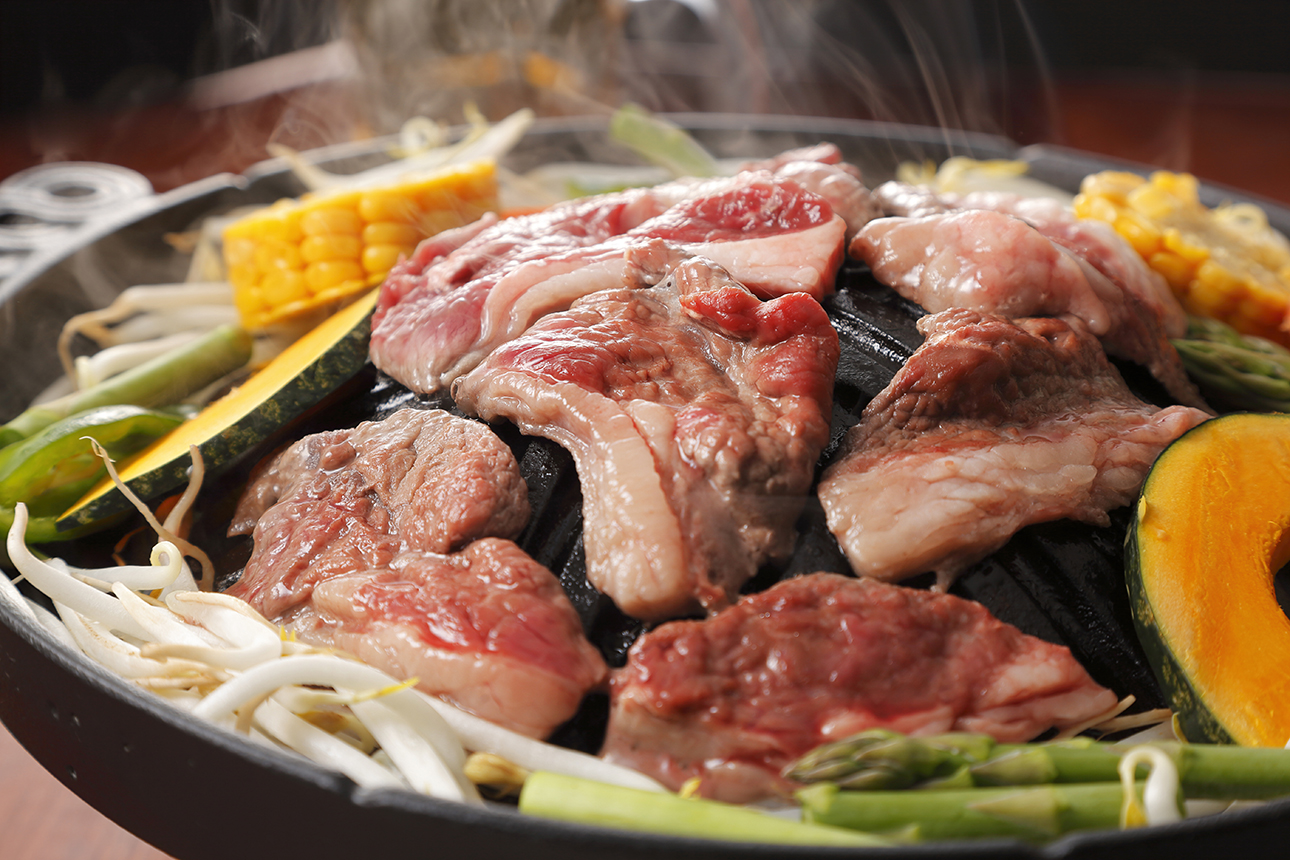
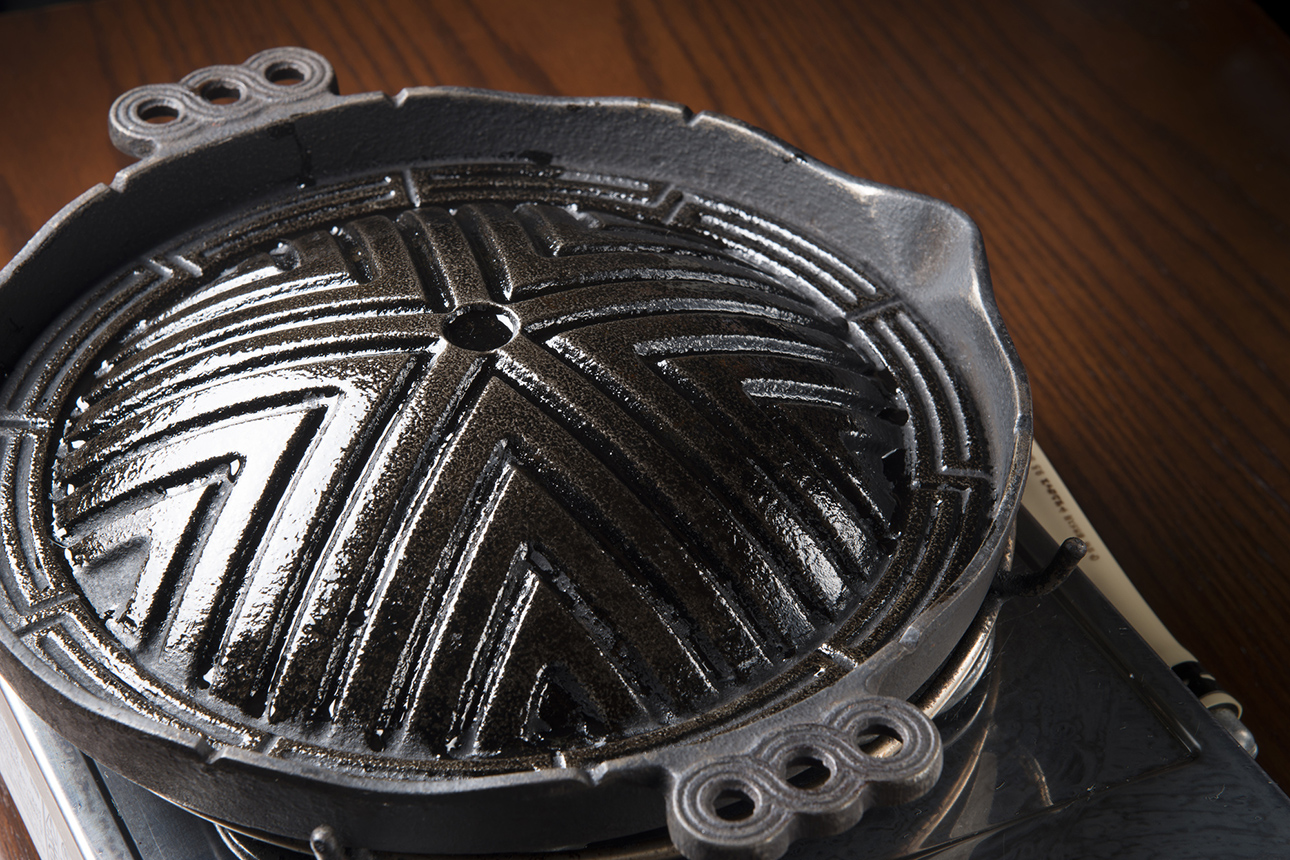
Another distinctive feature is the iron pot with grooves carved into it which is used for cooking Genghis Khan. The pots, which are both functional and beautifully designed, are works of art in their own right, and there is even a Genghis Khan Pot Museum in Hokkaido. It is no exaggeration to say that it is the dome-shaped pot which makes Genghis Khan what it is. The world’s only museum housing over 500 old and new Genghis Khan iron pots encapsulates the cultural history of Genghis Khan cuisine, unfolding from those very vessels. The iron pot conducts heat evenly and maintains the ideal temperature for sheep meat, which loses its flavour when it cools down. It also has grooves around the edge to drain off the fat, making it the perfect shape for grilled sheep meat dishes.
Pork, Chicken, and Beyond: Hokkaido’s Local Meat Delights
Butadon (Pork Bowl)
Hokkaido’s cool climate provides a comfortable environment for pigs, which dislike heat, and as a result, the number of pigs raised here is among the highest in Japan. Pigs can be raised safely and securely in Hokkaido’s favourable environment, and since pork has been a popular food in Hokkaido since the days of its settlement, it is a familiar ingredient for the people of Hokkaido.
Pig farming became particularly popular in the Tokachi region of south-eastern Hokkaido in the early 1900s, and since then, pork has been a popular ingredient in the region. Obihiro, the centre of the Tokachi region, is an area where pig farming has long been active and it is known as the birthplace of butadon (pork bowl). Butadon is a dish consisting of thick slices of pork coated in a sauce made from sugar and soy sauce, served on top of rice. It is known as a representative dish of Obihiro. Initially, restaurants in Obihiro wanted to serve eel rice bowls, a dish known as a high-energy food, to farmers and pioneers there. However, eel was expensive and difficult to obtain, so they substituted charcoal-grilled pork with eel rice bowl sauce instead.
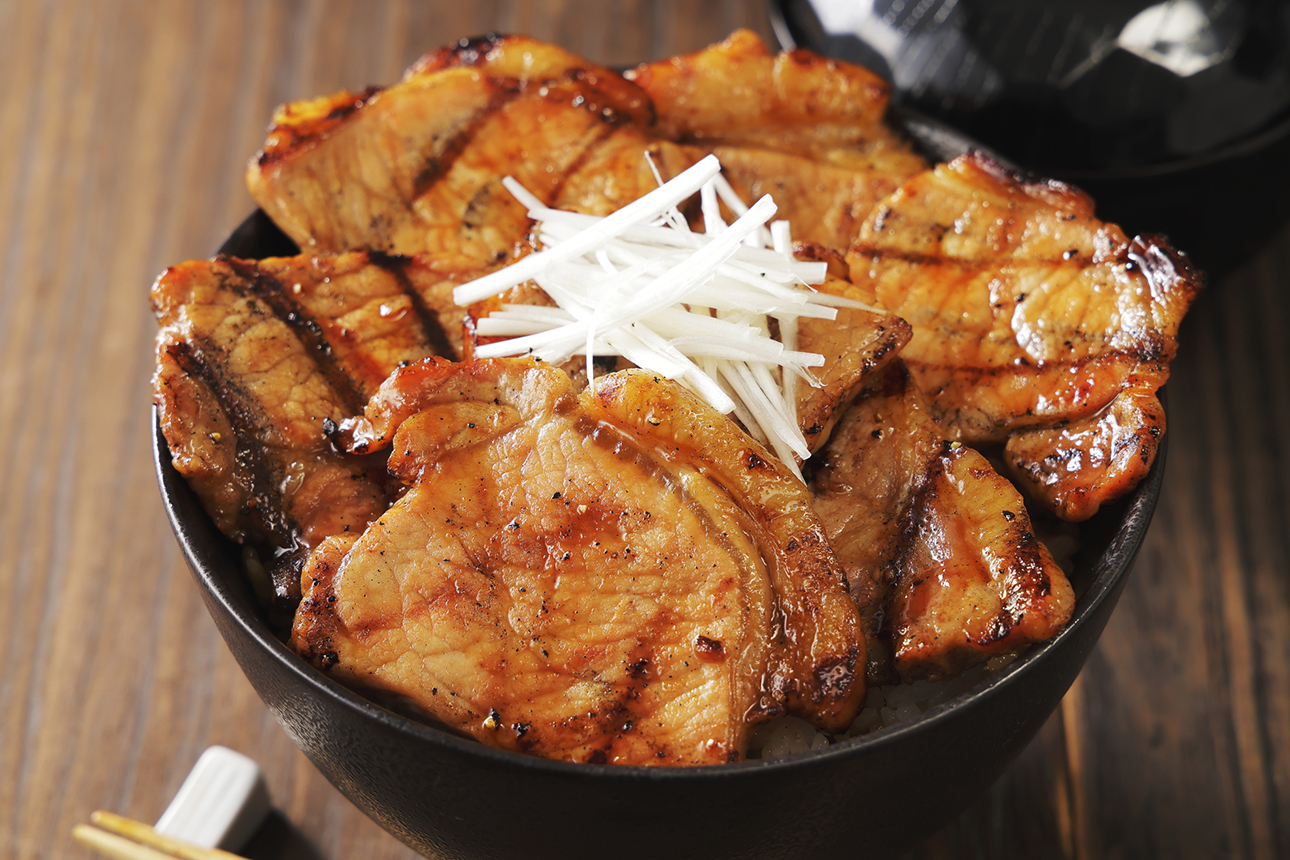
There are other pork and offal (variety meat) dishes we’d like you to try in Hokkaido. For example, “tontoro” is considered one of Asahikawa’s signature dishes, having gained nationwide recognition after appearing on the menus of local yakiniku restaurants. “Tontoro” refers to the meat from the cheek and neck area of the pig. It is said to have been given that name because it is rich in fat, much like delicious fatty tuna, “toro” in Japanese. “Ton” is another Japanese word meaning “pig”.
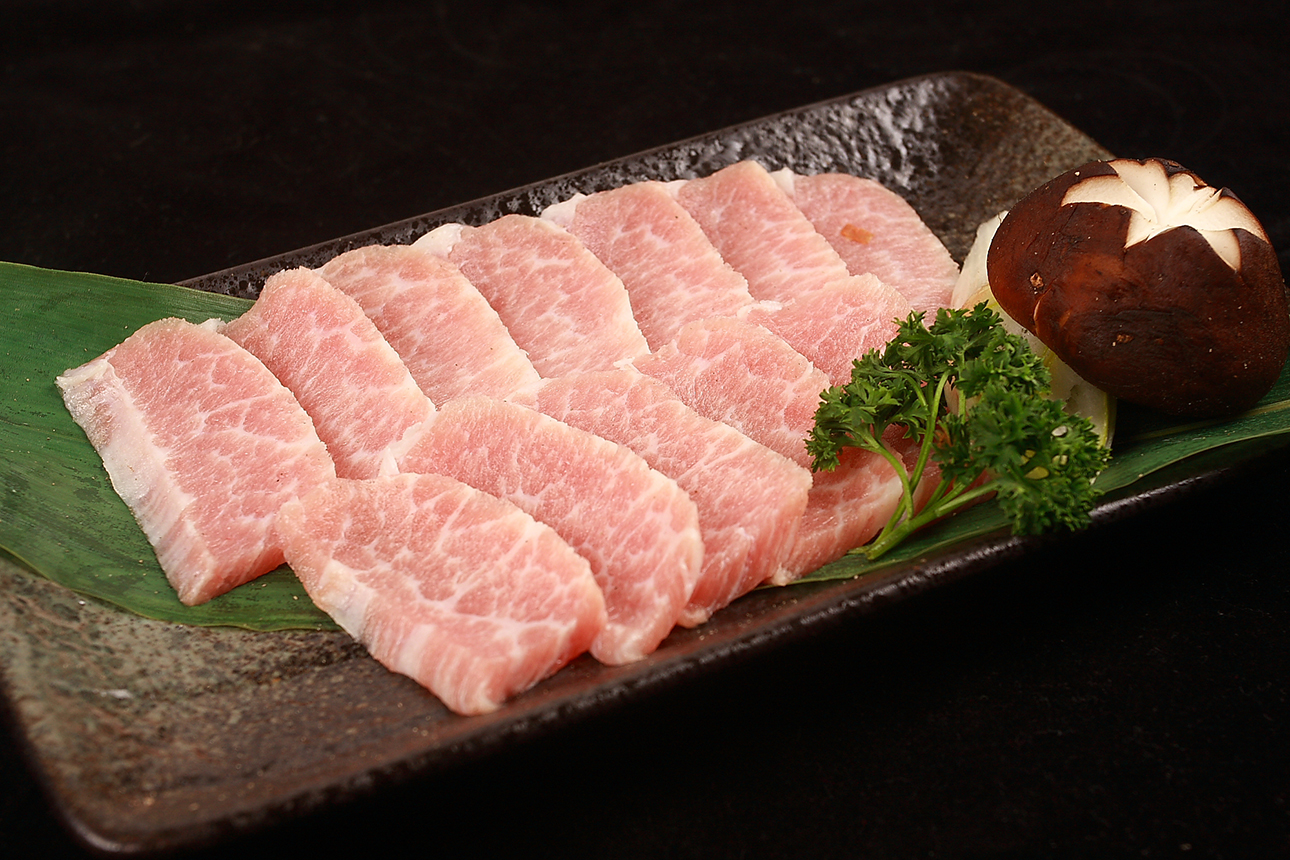
Incidentally, there is also a dish called pork Genghis Khan, which is a grilled meat dish where pork is substituted for lamb. This is not a counterfeit version of Genghis Khan. Rather, the juicy, tender texture of the pork pairs exceptionally well with the Genghis Khan sauce. It has now evolved independently as a Hokkaido regional dish, fostering the formation of a new culinary culture.
〜 Hokkaido Yakitori: Chicken, Pork, and Local Flavors on a Skewer 〜
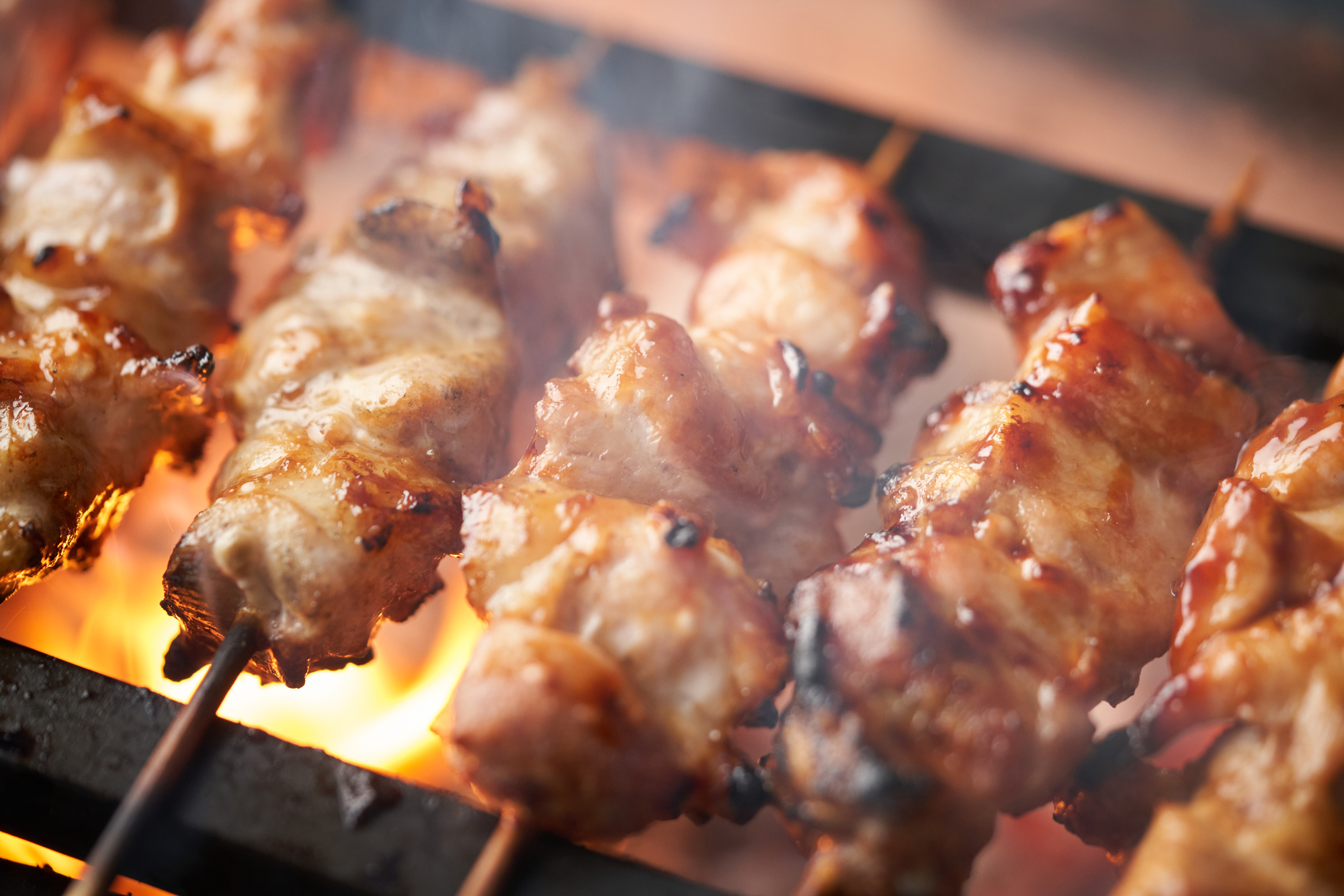
Yakitori is literally chicken cut into pieces, skewered, seasoned with salt or sauce, and grilled over an open flame. In a broader sense, it also seems to refer to skewered, grilled offal from chickens, cattle, pigs, and the like. The term “yakitori” appeared in the Edo period during the 1600s but the separate term “kushi-yaki” (skewered grilled food) also existed. Therefore, “yakitori” from this era likely referred to simply grilled chicken rather than chicken skewered on sticks. While yakitori across Japan truly varies greatly from region to region, let us introduce Hokkaido’s distinctive yakitori here.
Muroran Yakitori
This yakitori, which was invented in Muroran, Hokkaido, is actually made with pork instead of chicken, and is a skewered dish made by alternately skewering onions and pork. It is eaten with a sweet sauce and Western-style mustard.
In the 1920s, street stalls selling skewered offal from pigs or wild birds were a common sight on street corners in Muroran, and pork gradually became established as the local form of yakitori because it was cheaper than chicken. Onions are produced in Hokkaido, so they are cheaper and easier to obtain than the green onions traditionally used in yakitori (skewered chicken), and they go well with pork, which is why they became a standard ingredient in yakitori here. Muroran is known as a steel town, and this food has satisfied the appetites of the workers in the area.
In the southern part of Hokkaido as well, the term “yakitori” generally refers to pork. In Hakodate for example, when you order yakitori, pork is usually served, and locals consider this to be normal. If you want chicken yakitori, simply specify that in your order (ask for “chicken yakitori”).
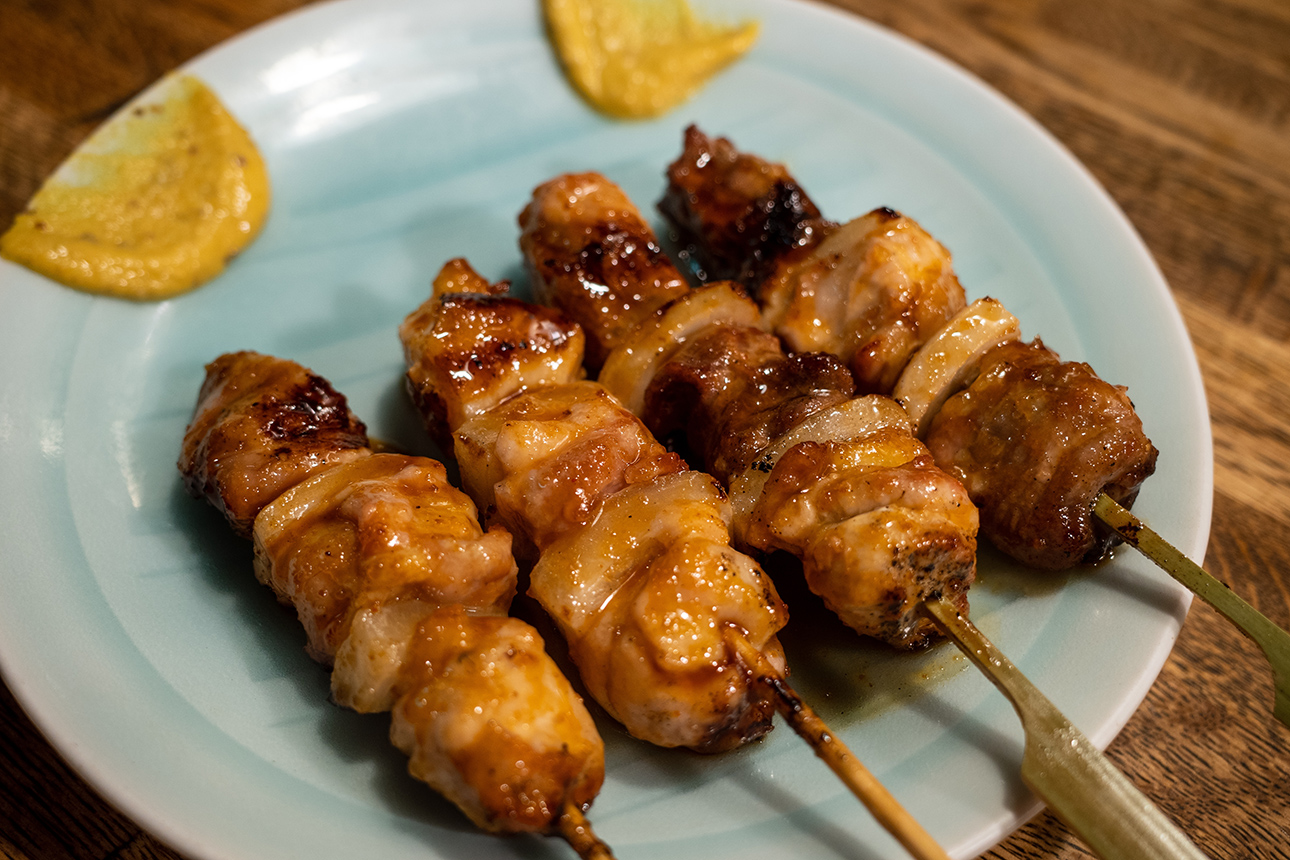
Bibai Yakitori
The city of Bibai, once a thriving coal mining town, is home to Bibai yakitori, a beloved local dish cherished by residents. For many years, it provided sustenance and energy to the coal miners. In the 1950s, yakitori restaurants discarded offal and skin not used for meat cuts. Witnessing this waste, one establishment saw an opportunity and began selling “motsu skewers” made with offal, marking the origin of this dish. The defining feature of Bibai yakitori is that each skewer is loaded with offal such as liver, heart, gizzard, and ovarian egg, alongside chicken skin and thigh meat. A profoundly rich flavour fills the mouth with diverse textures and savoury notes.
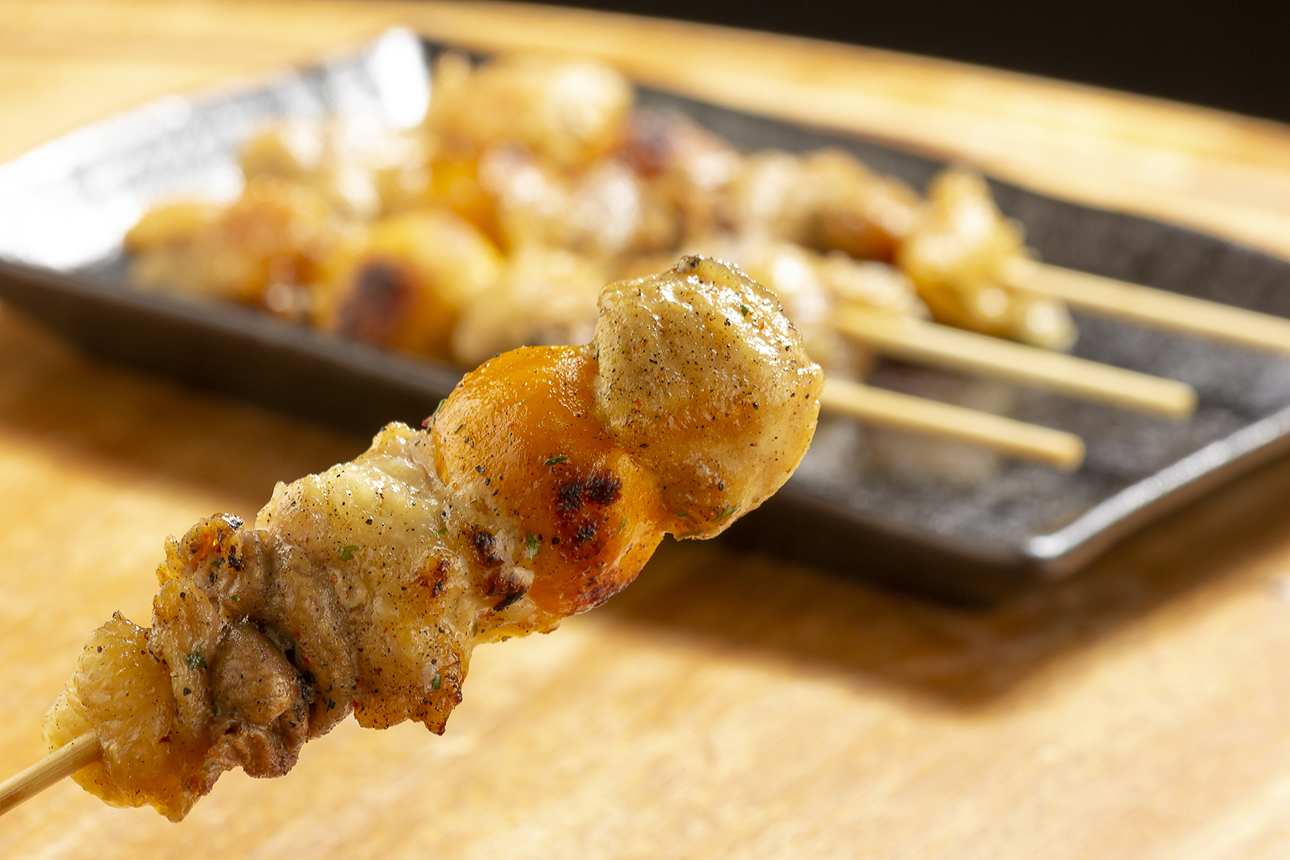
Zangi
When it comes to other Hokkaido chicken dishes, one simply must mention zangi. Zangi refers to a dish where seasoned ingredients are coated in batter and deep-fried. While chicken is the most common ingredient used, fried seafood such as octopus or squid is also called zangi. Zangi resembles karaage (deep-fried chicken), but its defining characteristic is its rich seasoning. By marinating the ingredients in a mixture of soy sauce, sake and other seasonings, along with aromatic vegetables like garlic and ginger, the flavour permeates the meat thoroughly. In some regions, zangi is also coated in a sweet and savoury sauce.
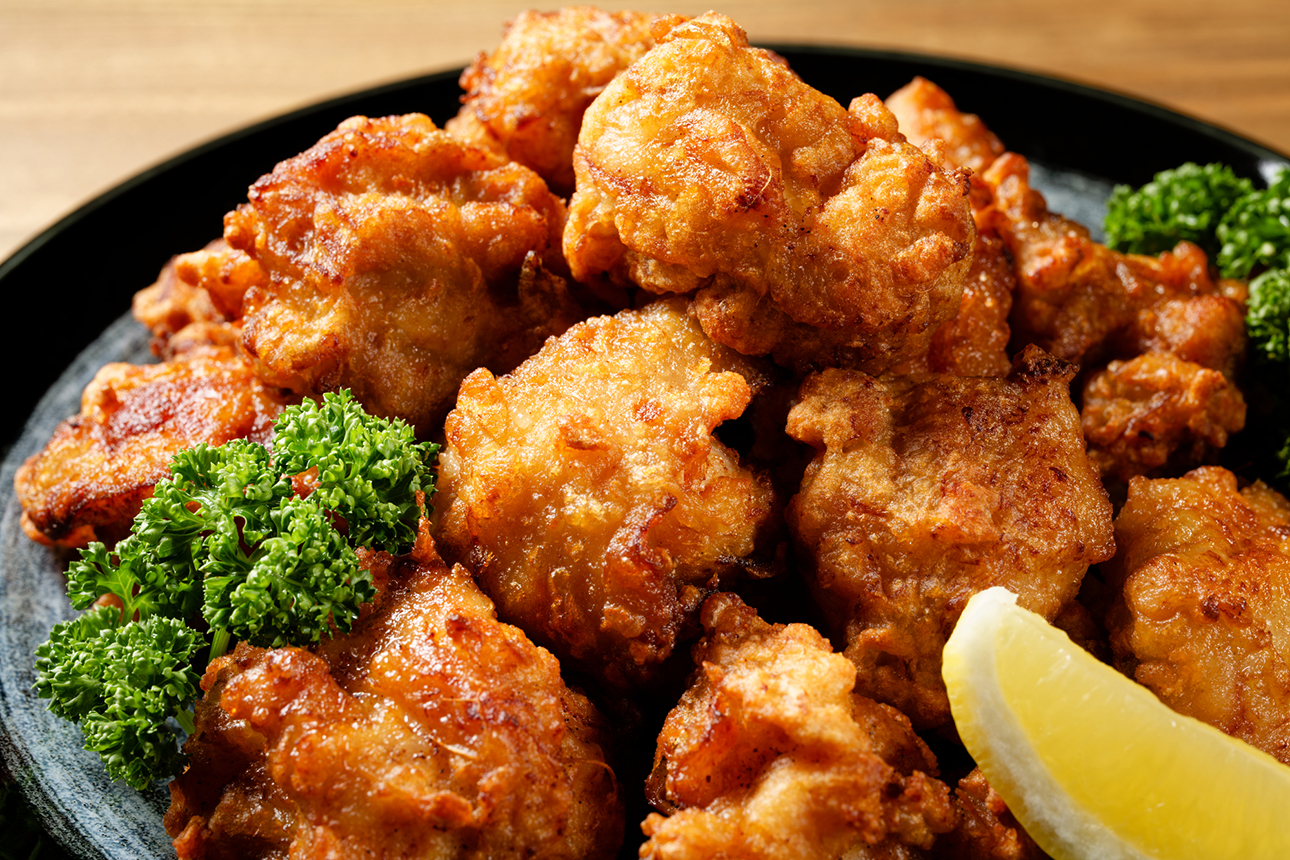
Hokkaido Game Meat: The Flavor, Nutrition, and Uses of Ezo Deer
Gibier is a term that refers to meat and dishes from game such as deer and wild boar, hunted in the wild. In Europe, it has long been regarded as a cuisine favoured by the nobility and remains popular today as a premium ingredient for foodies. As there are no wild boars in Hokkaido, let’s focus on deer here.
Ezo shika (deer) in Hokkaido are the largest subspecies of Japanese deer, with males weighing over 130 kg. In recent times, the population of Ezo deer in Hokkaido has increased, resulting in a rise in traffic accidents involving them. Meanwhile, the brown bears, which inhabit only Hokkaido, are omnivorous and typically feed on plants and nuts. However, it appears they are increasingly finding opportunities to consume deer meat from roadkill.
Furthermore, the population of Ezo deer in Hokkaido exceeds 730,000, posing major challenges for agriculture, forestry, and the natural environment. They cause severe damage by consuming crops, destroying farmland, and feeding on the bark of trees as well as alpine plants. And although 130,000 to 150,000 are killed by hunters annually, their numbers show no sign of decreasing. Moreover, only a very small proportion of the deer killed are effectively utilised as game meat. It is said that only about 20 percent of the deer caught are processed at slaughterhouses and distributed as venison.
While much of our meat relies on imports, venison also represents a valuable resource available domestically. We feel it is necessary to consider the approach to Ezo deer hunting not only as culling to reduce agricultural damage, but also from the perspective of resource utilisation. This venison is an almost completely natural ingredient with remarkable nutritional value. Firstly, it is rich in iron. Ezo deer meat is mainly lean with fine texture and softness, but it contains as much iron as beef liver. Iron is a component of proteins in red blood cells and muscles, and plays an important role in transporting oxygen throughout the body. Another characteristic is its low fat content. Ezo deer meat has a fat content of around 5%, so incorporating it into your daily diet can significantly reduce your fat and calorie intake.
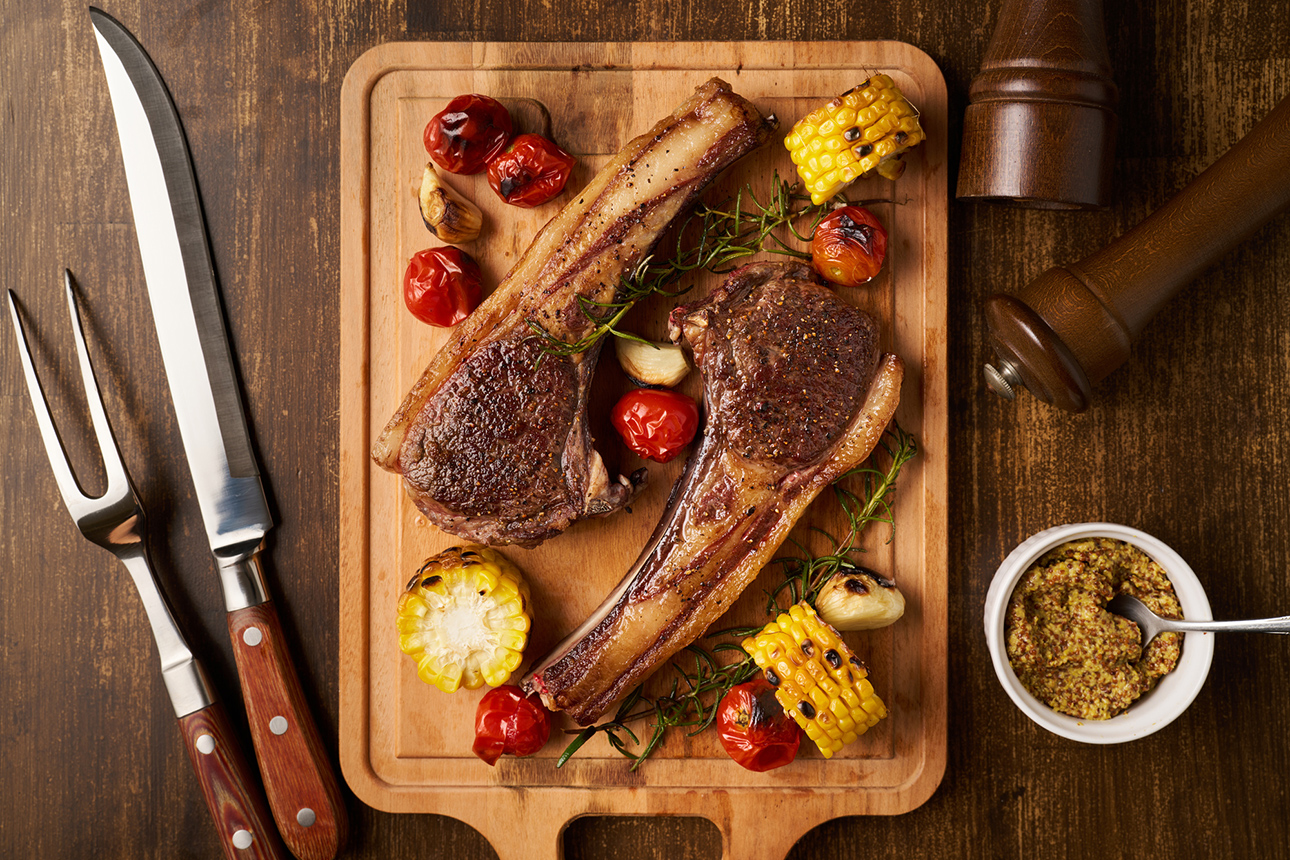
Moreover, Hokkaido-produced Ezo deer meat is renowned for its rich aroma and flavour that deepens the more you chew it, particularly when compared to venison from outside Hokkaido. When it comes to eating Hokkaido venison, steak is undoubtedly the recommended choice. When fresh, simply seasoned with salt and pepper, you can savour the distinctive, refined umami flavour unique to venison, brimming with its wild character. Naturally, even when seasoned with sauces or marinades, the venison’s flavour asserts itself robustly. The balance of lean and fatty meat varies by cut. The fat, derived from natural foraging, carries the rich flavour of the wild, while the lean muscle, honed by rigorous exercise, offers a satisfying firmness and releases the distinctive taste of venison with every chew.
Venison is the most commonly consumed game meat in Europe, and its wild flavour and minimal gaminess make it ideal for those new to gibier. Anyone who has tried Hokkaido venison and found it delicious shows great promise as a future game enthusiast. We warmly invite you to sample this wild flavour born of Hokkaido’s nature.
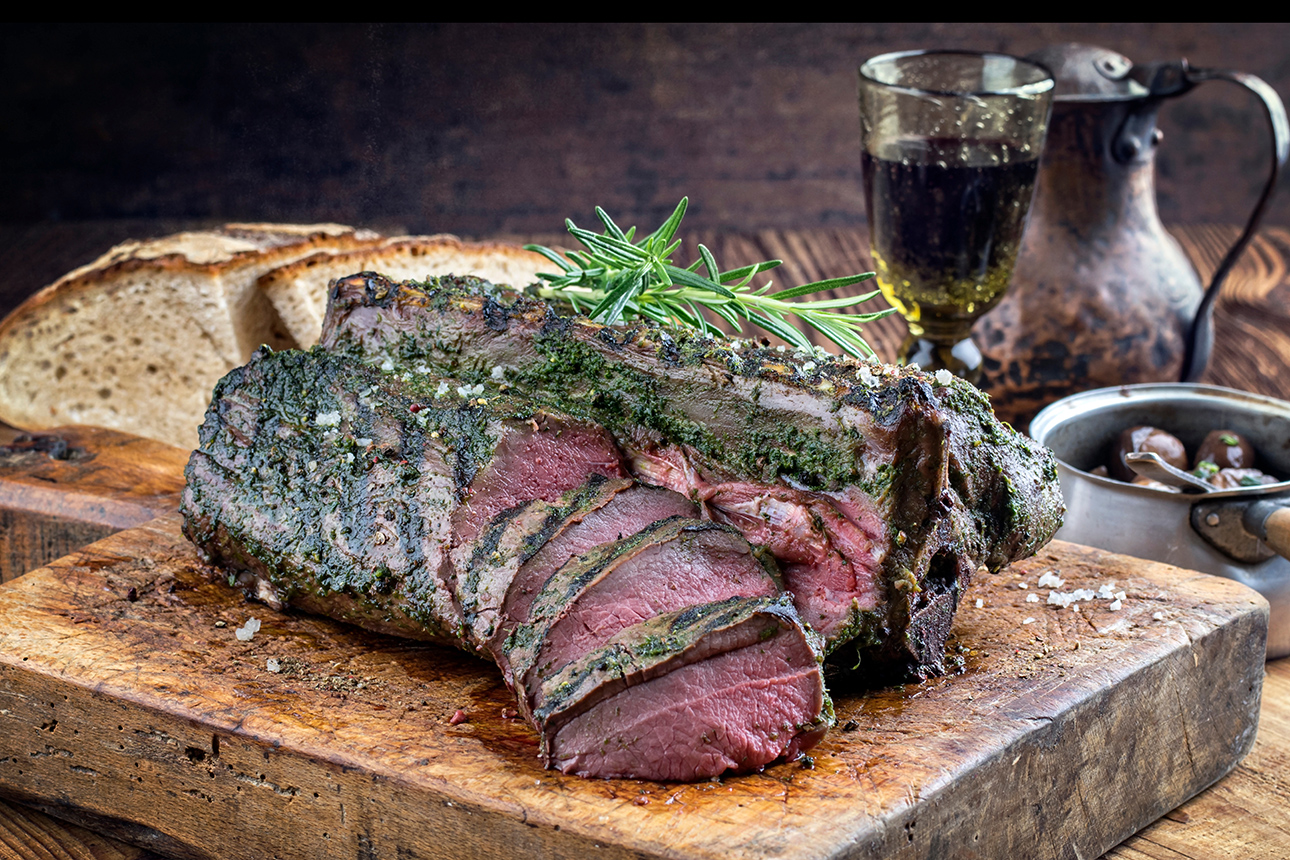
Kelp-Fed Beef and Beyond: Discover Hokkaido’s Rich Beef Culture
Hokkaido’s beef culture is characterised by the development of dairy farming utilising its vast natural landscapes and cool climate, the husbandry techniques supporting it, and the high-quality pasture provided by its favourable environment. While beef from dairy breeds fattened for meat – known as “dairy breed beef cattle” – forms the mainstay, offering low fat content and a distinctive savoury flavour in the lean meat, branded Wagyu such as Shiraoi beef, Tokachi Wagyu and Biratori beef are also raised to high quality in each region using unique fattening methods and feed. In recent years, Hokkaido has gained high acclaim as a meat production area, ranking first nationally in terms of beef cattle production value. From the late 1960s, the Holstein breed, primarily a dairy cow, began to be recognised for its value as beef, leading to the development of specialised rearing techniques. In particular, it has recently gained recognition as a healthy, lean red meat with a lower fat content.
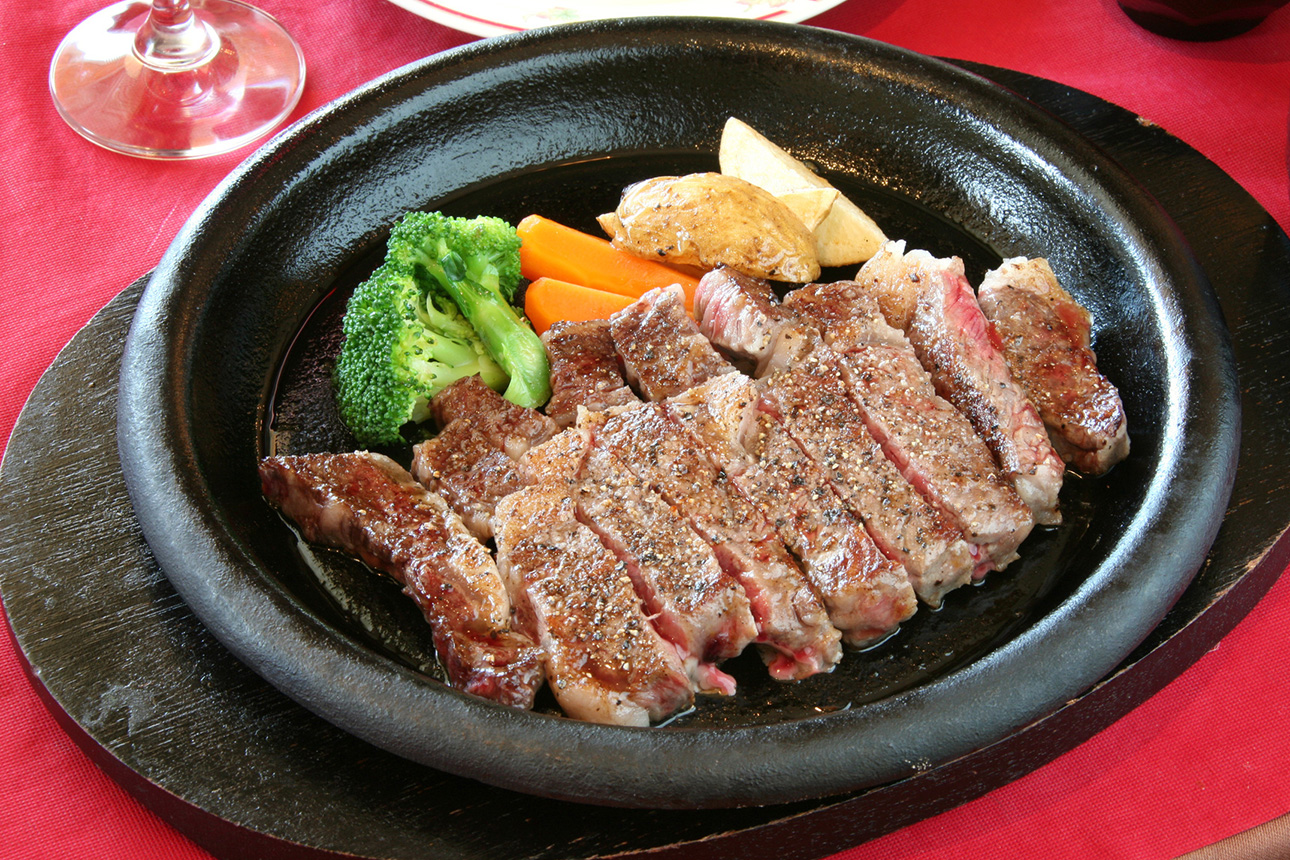
Furthermore, in Hokkaido, efforts are being made to raise branded cattle of the Japanese Black breed, aiming to further boost the quality of premium beef for gourmets like you. Nationally acclaimed brands such as Shiraoi beef, Tokachi Wagyu and Biratori Wagyu have been established, alongside numerous other regional brands across Hokkaido, and continuous production efforts are being made to enhance quality.
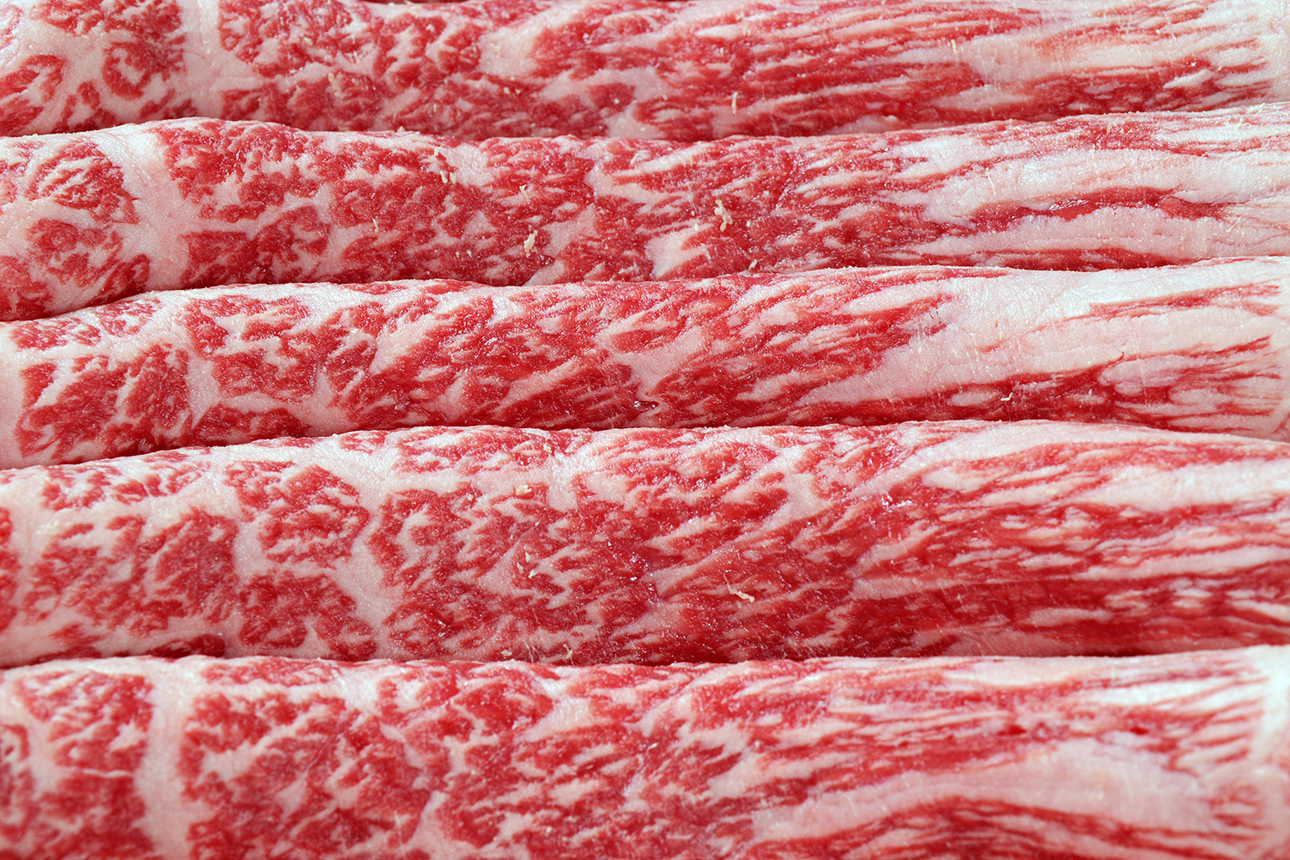
One such rare delicacy is Kuroge Wagyu (Black Cattle beef), raised on Hidaka Kombu seaweed, a specialty of the Hidaka region in south-central Hokkaido. Hokkaido is renowned for kombu, a seaweed essential to Japanese cuisine, with approximately 90% of the kombu consumed in Japan originating from Hokkaido. Kombu possesses a distinctive umami flavour primarily derived from glutamic acid and is used in dashi (soup stock), simmered dishes, tsukudani (simmered preserves), and herring rolled in kombu. This kombu is rich in calcium, vitamins and minerals, resulting in beef that is packed with natural umami compounds. Consequently, you should be able to fully appreciate the inherent depth of flavour that this beef possesses.
Frozen Nights, Fiery Flavor: Kitami’s Extreme Winter BBQ
For all you foodies, there is so much more we wish to share about Hokkaido’s meat culture, but let us conclude by introducing one final event that, once experienced and savoured, you will never forget.
Kitami in northeastern Hokkaido is sometimes known as the “yakiniku town”. It is said to boast an exceptionally high ratio of yakiniku restaurants relative to its population there. The most popular cuts here are reported to be: 1st place, rare muscle cuts from the diaphragm of beef or pork; 2nd place, pork large or small intestine; and 3rd place, rib meat. The popularity of offal (variety meat) is likely a long-standing tradition. It is said that a major factor was the presence of a meat processing plant behind the former Japanese National Railways Kitami Station. Furthermore, in Kitami, the style of enjoying charcoal grilling on a shichirin (simple earthenware stove) is the mainstream method for yakiniku.
Meat is generally served unseasoned. While enjoying it simply with salt and pepper is certainly a healthy option, the true highlight of Kitami yakiniku undoubtedly lies in each restaurant’s signature, richly flavoured raw dipping sauce. These sauces are based on soy sauce or miso, accented with ginger, apple, Kitami onions, garlic and other ingredients.
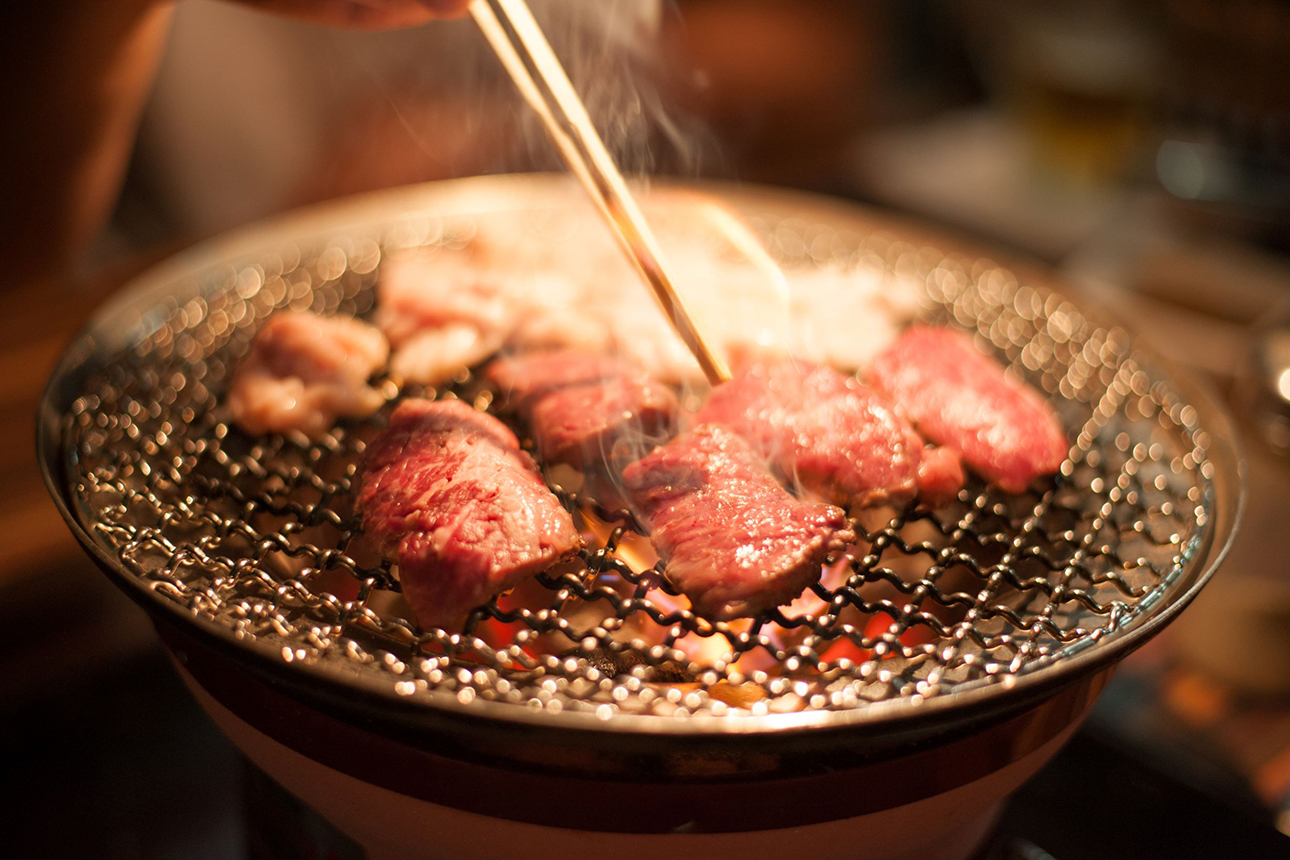
Furthermore, particularly noteworthy is the Kitami Severe Cold Yakiniku Festival, held since 2000 in Kitami, Hokkaido, where temperatures sometimes drop below minus 20 degrees C in winter. This festival sees people gather in one of Hokkaido’s coldest regions to enjoy “outdoor yakiniku on a midwinter night”. At venues where temperatures drop below freezing each year, both the meat and the sauce can freeze solid. Therefore, when eating with sauce, the key to enjoying it properly is to dip the meat, grilled on a shichirin, into the sauce immediately. When enjoying it simply with salt and pepper, the seasoning can sometimes be carried away by the hot air currents, so it’s best to add it just before grilling. Hot rice that instantly turns cold. Meat that won’t come away from the container. Charcoal that struggles to catch fire. Delicious sauce that quickly turns to slush. Frozen oolong tea and alcoholic drinks. Events that would never happen in a normal yakiniku restaurant unfurl one after another. Prepare to be utterly baffled by this unbelievable spectacle – it’s guaranteed to have you in stitches!!
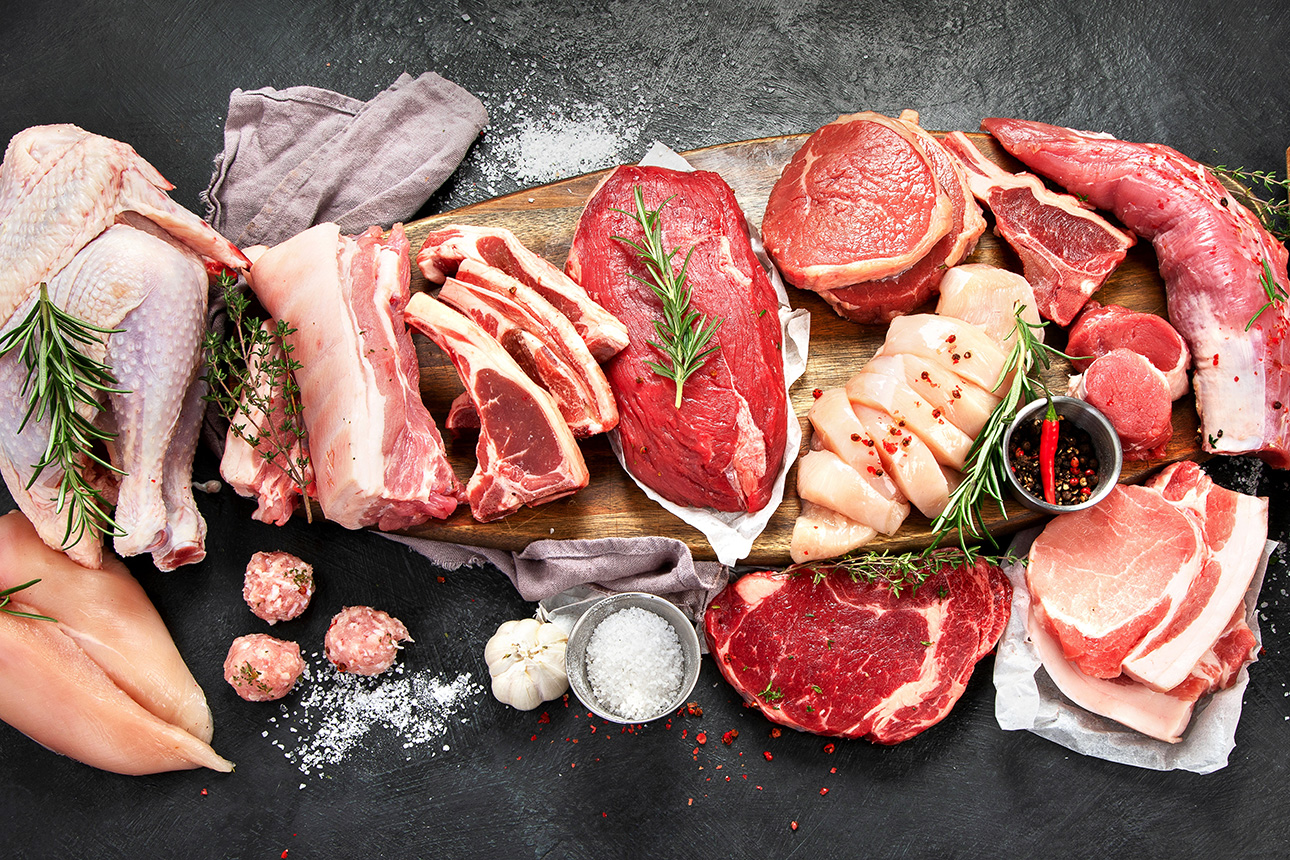
Savouring the unique yakiniku styles rooted in each locality is one of the great joys of travel. When visiting Hokkaido, do try the regional yakiniku specialties. Through the meat, you will surely sense the depth and rich culture of Hokkaido.
Now, choose the places that suit your tastes and enjoy them to the fullest during your trip! However, if you think it’s hard to find such places on your own, why not take a tour first? We, Hokkaido Treasure Island Travel Inc., can offer you a lot of attractive and precious experiences here as part of your tour.

